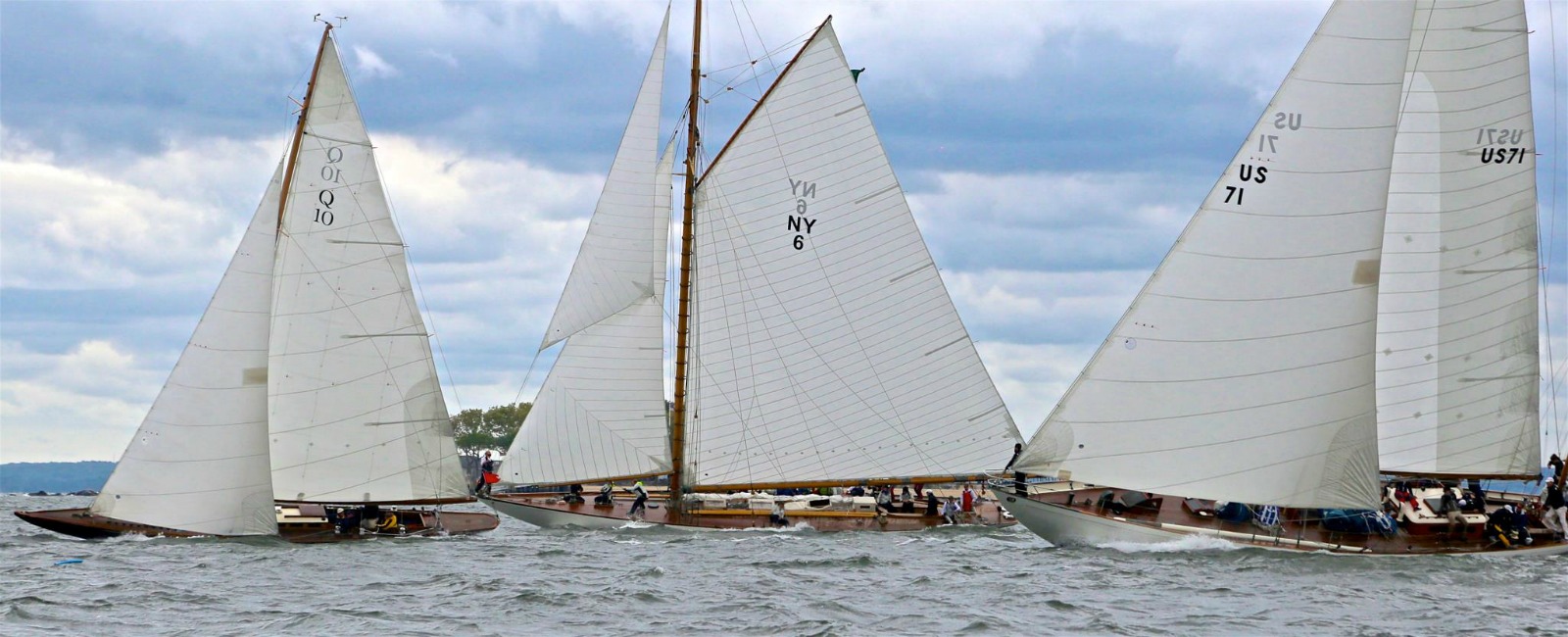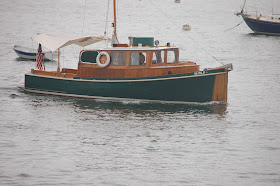The era of theAlan Ginsburg's Howl, the East Village Other and The Fugs is evoked here by Alex Abramovich, an occasional contributor to the London Review of Books blog. - GWC
Yeah, Yeah, Yeah « LRB blog
by Alex Abramovich
Tuli Kupferberg and Ed Sanders met in New York City in 1962, in front of the Charles Theater, two blocks north of Tompkins Square Park. Kupferberg was selling issues of Birth, a mimeographed publication he’d started in the 1950s. Sanders, who’d just launched his own mimeographed magazine, knew a few things about him. ‘I’d seen his picture in a number of books,’ Sanders later recalled. ‘I learned a little bit later that he was the guy “who’d jumped off the Brooklyn Bridge”, as described in Howl. (Actually it was the Manhattan Bridge.) I later asked him why. He replied, “I wasn’t being loved enough.”’
Edward Allcard, who was said to be the first person to sail both ways across the Atlantic Ocean single-handedly — save for a stretch with a young woman who stowed away on his return home to England — died on July 28 in Andorra, a principality in the Pyrenees Mountains, where he lived. He was 102.
His wife, Clare Allcard, said the cause was complications of a broken leg.
A bearded adventurer who loved life alone on the sea — he also circumnavigated the globe on his own — Mr. Allcard was a child in England when he first thought of sailing for America. When that time came, in 1948, he chose to do it aboard Temptress, a 34-foot yawl, built in 1910, that had not sailed for a decade.
To test the craft, he sailed first to Gibraltar, Spain. On the way, a storm sent water pouring into the boat.
“There was no escape,” he wrote in “Single-Handed Passage” (1950), his account of his trans-Atlantic voyage. As he braced himself in his galley seat, stirring porridge with a wooden spoon, anxious thoughts began to overwhelm him.
“The boat was untested and not ready for a gale,” he recalled thinking. “Were the fastenings all right? Would a plank spring? Would she spew her caulking? And so it went on. At each heavy lurch, I whispered, `Damn.’















































